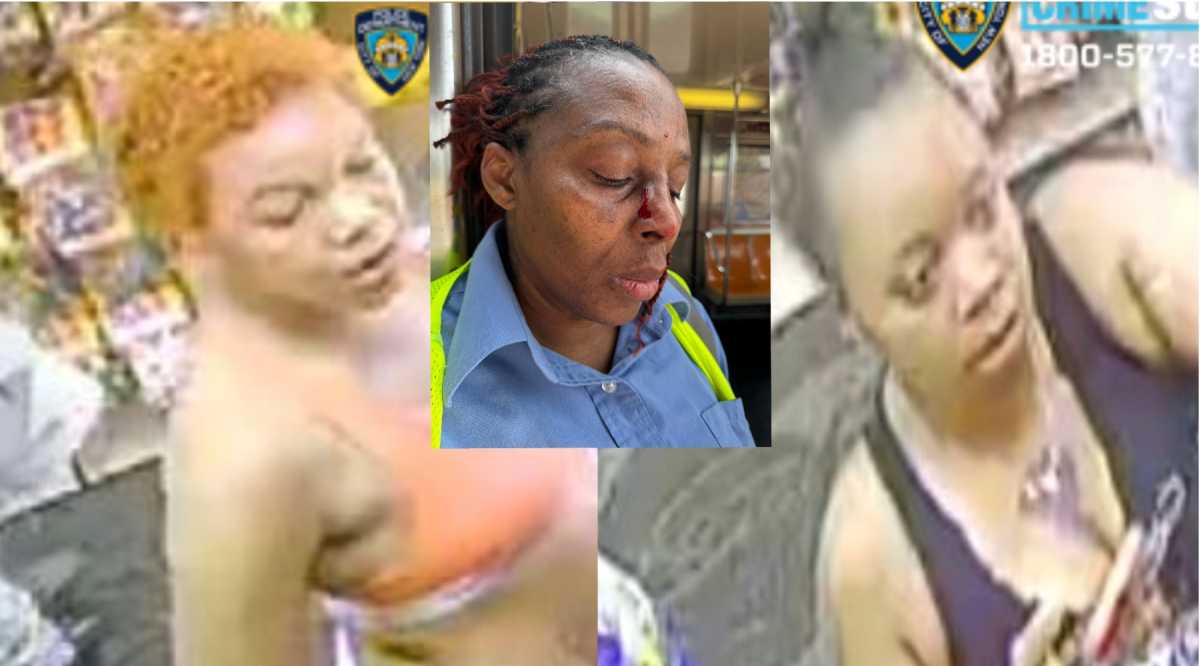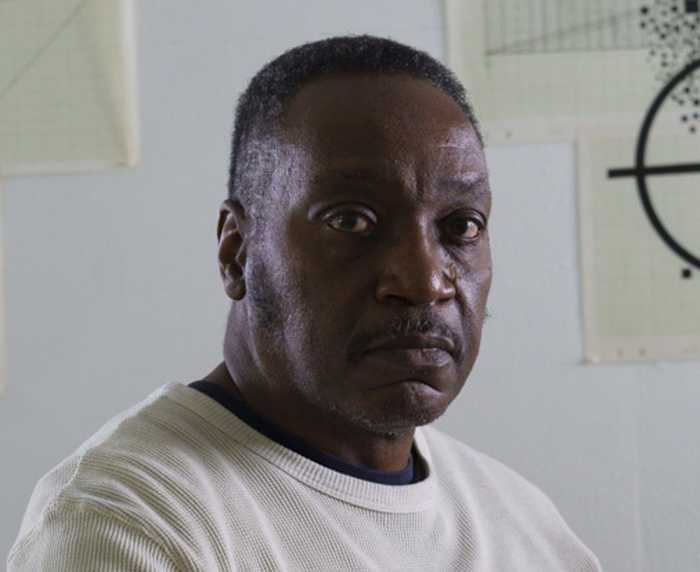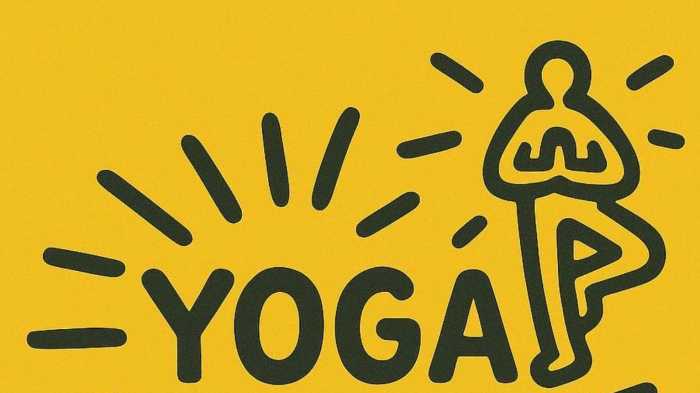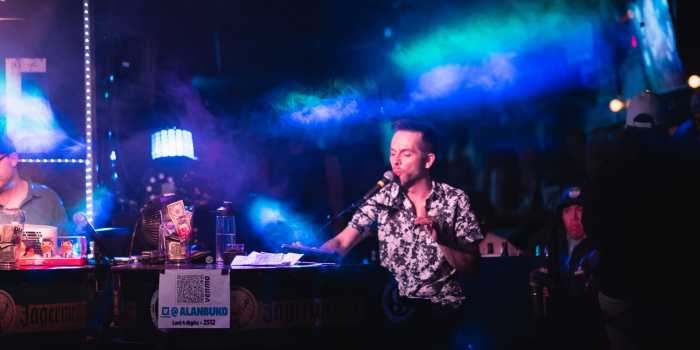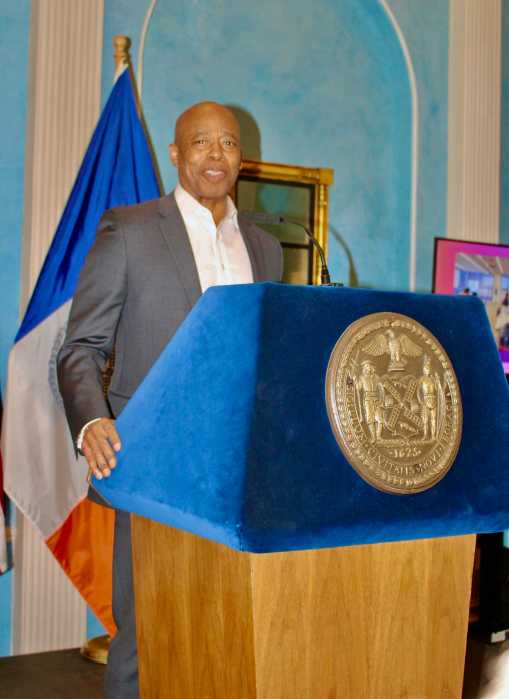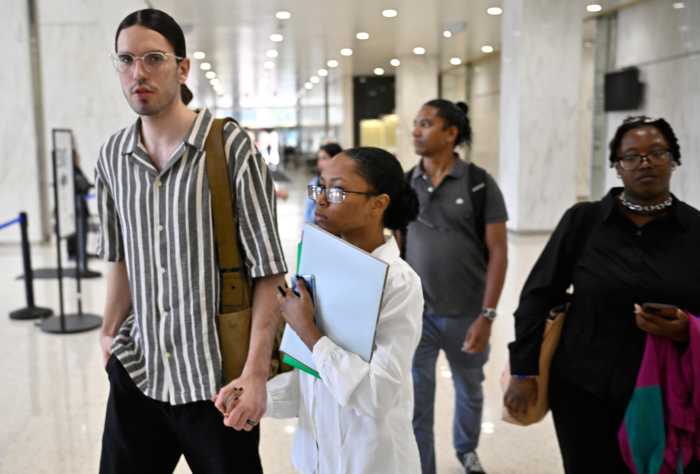A recent fatal hit-and-run on Shore Boulevard was the sickening result of a hodgepodge of poorly planned traffic-calming measures instituted by the city, Manhattan Beach residents say.
Over the past few years, the city has painted zebra-striped pedestrian safety zones and bicycle lanes, built traffic medians with giant planters in the middle of Oriental Boulevard, and has installed a flashing traffic light at the corner of Ocean Avenue. On summer weekends, the NYPD puts up police barricades at intersections between Ocean Avenue and Hastings Street to prevent beach-goers from making U-turns.
But some residents believe those attempts to slow cars down have turned the strip into a traffic nightmare.
“A catastrophe was created by their piecemeal planning,” said Manhattan Beach Neighborhood Association President Alan Ditchek during a traffic “town hall” with Bloomberg aide Charles Glover at PS 195 on Irwin Street and Hampton Avenue on Aug. 2.
“We have a laundry list of suggestions, but somehow we keep getting swept under the rug,” added Edmund Dweck, public relations chairman for the same group. “We don’t want to be experimented on anymore.”
Traffic concerns reached a fever pitch on July 12 when 52-year-old Batchelder Street resident Brian Waldman was mowed down on Shore Boulevard between Beaumont and Coleridge streets.
“This was an attack on our community,” Dweck explained to the 13 residents at the meeting.
Locals pointed out that after years of filing traffic grievances — some dating back to the 1950s, noted longtime resident Stanley Kaplan — the city has ended up implementing traffic-calming ideas that conflict with each other.
Rattling off the incongruities, Dweck said the planters block motorists’ views when making turns and the bottle-necking caused by the zebra stripes and bicycle lanes force people to drive recklessly. With so many traffic calming measures in front of them, motorists don’t know what to do, he explained.
“[The city] installs these traffic-calming measures, but won’t remove them once they learn they don’t work,” he said. “Is that pride or just stupidity?”
Dweck, Ditchek and Community Board 15 Chairwoman Theresa Scavo encouraged Glover to have the city strip away the planters, bike lanes and zebra stripes and replace them with stop signs, traffic lights and reflective roadway surfacing.
They also asked for the NYPD to provide more speeding enforcement along Oriental Boulevard and for the city’s Department of Transportation to install rubber speed cushions at various intervals.
At the same time, they want the city to re-locate the bike lanes to a wide sidewalk on the northern end of Shore Boulevard abutting Sheepshead Bay.
Glover said he would take the group’s request to Bloomberg, but not before reminding them that the neighborhood wouldn’t have gotten the flashing signal if the mayor hadn’t intervened.
The larger problem, Glover said, is that the traffic on Oriental Boulevard is actually not heavy enough to meet federal mandates for traffic signals, despite the litany of accidents, speeding complaints and vehicular deaths.
“We are here to speak for Brian Waldman,” Hampton Avenue resident Elaine Weinberg said of the victim. “We’re very concerned and we’re not going to let it go.”
Waldman’s death was the second traffic-related fatality to take place in Manhattan Beach in the last three years.
Two years earlier, Youzdjan Bekir was killed at the intersection of Oriental Boulevard and Irwin Street when his motorcycle and a car collided.
In April, four accidents occurred on Oriental Boulevard, resulting in five people being hospitalized. None of the injuries were life threatening.


